Scientists have shown the potential of liquid crystal shells as enabling material for a vast array of future applications.
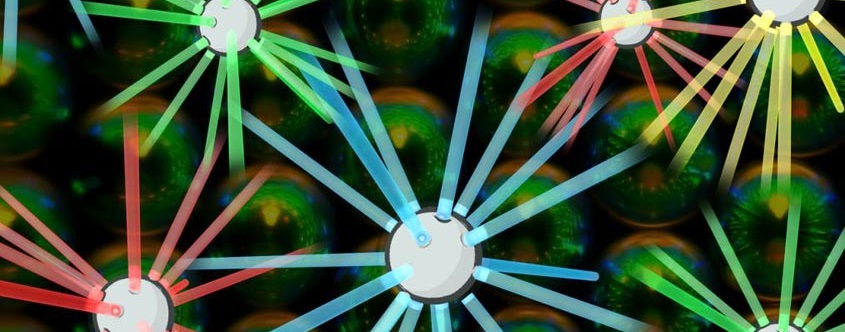

Scientists have shown the potential of liquid crystal shells as enabling material for a vast array of future applications.
![Transforming Planar Electronic Devices into 3D Structures [Video]](https://www.advancedsciencenews.com/wp-content/uploads/2018/07/adma201801256_ASN-image_smaller.png)
A strategy for placing bezel-less image sensors for electronic devices over the entire surface of a tetrahedral, 3D sensor is demonstrated.

Developing strategies to enable solar-light driven splitting of water.
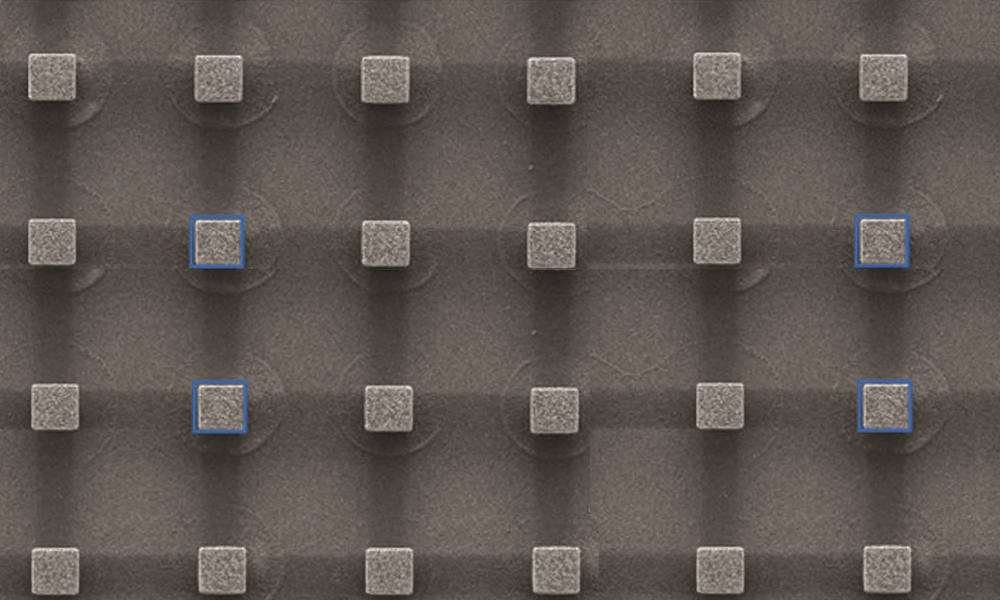
Dynamic nano and micropillars are able to transport water droplets across a surface.
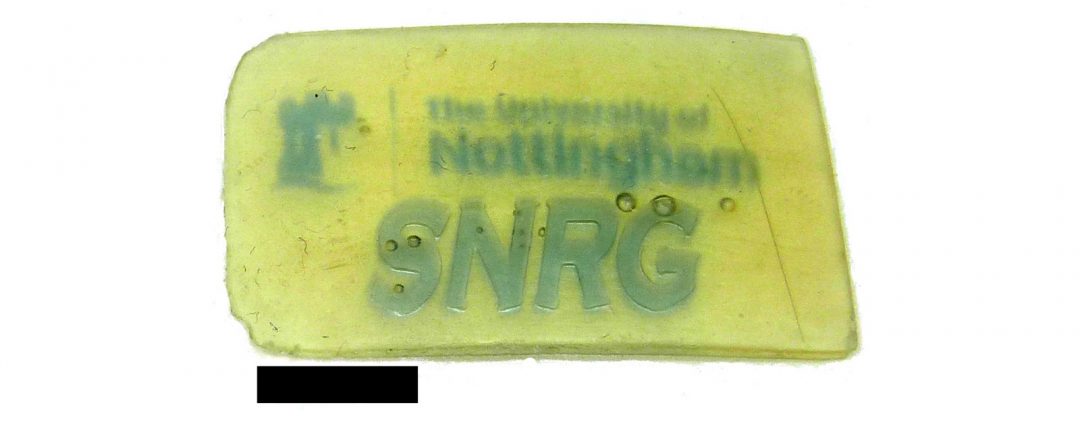
New findings have the potential to vastly increase the functional capabilities of 3D-printed devices for industries such as electronics, healthcare and quantum computing.
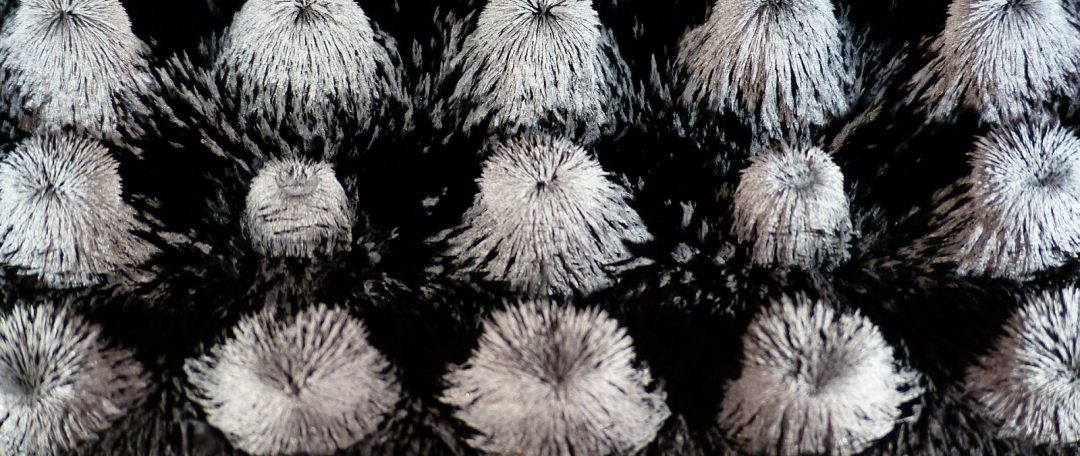
Researchers demonstrate that magnetic anisotropy can be continuously tuned between the two limits of in-plane and out-of-plane.
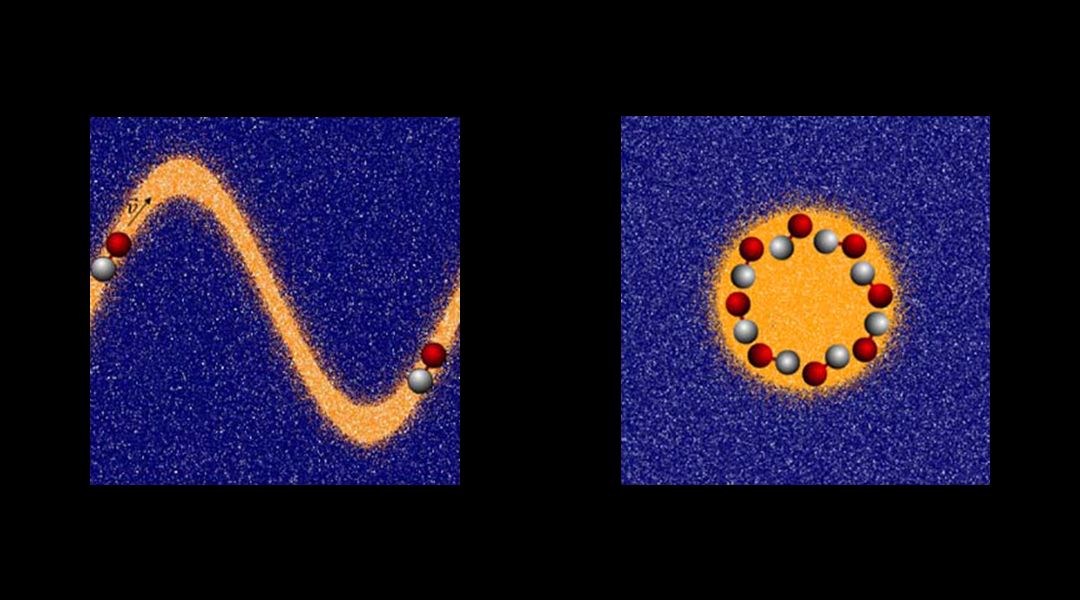
An investigation of the physics that govern chemically-powered motors.
![Pressure-Resistant Materials for Deep Sea Applications [Video]](https://www.advancedsciencenews.com/wp-content/uploads/2018/07/adma201801313_ASN_image_smaller.jpg)
Prof. Zheshuai Lin and co-workers report zero linear compressibility (ZLC) in nondense borates under high hydrostatic pressure.

Targeted viral-based gene therapies come with their own risks. A new gene delivery system mimics viral therapies to infect cancer cells with vesicular stomatitis virus matrix protein, with a similar transfection efficiency as the virus itself.
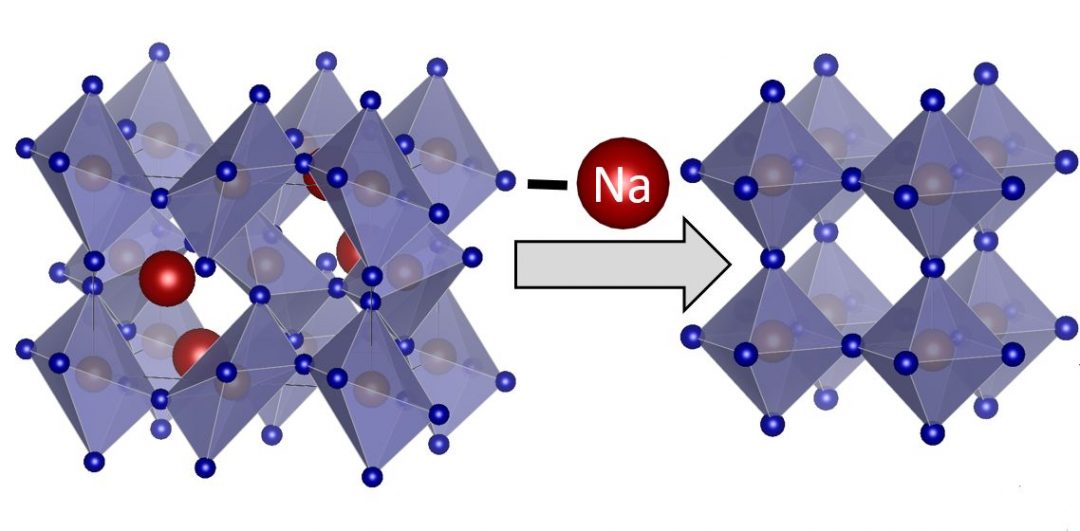
Prof. Nicola Pinna and co-workers prepare a fluoride-based electrode capable of reversible insertion of lithium and sodium ions.